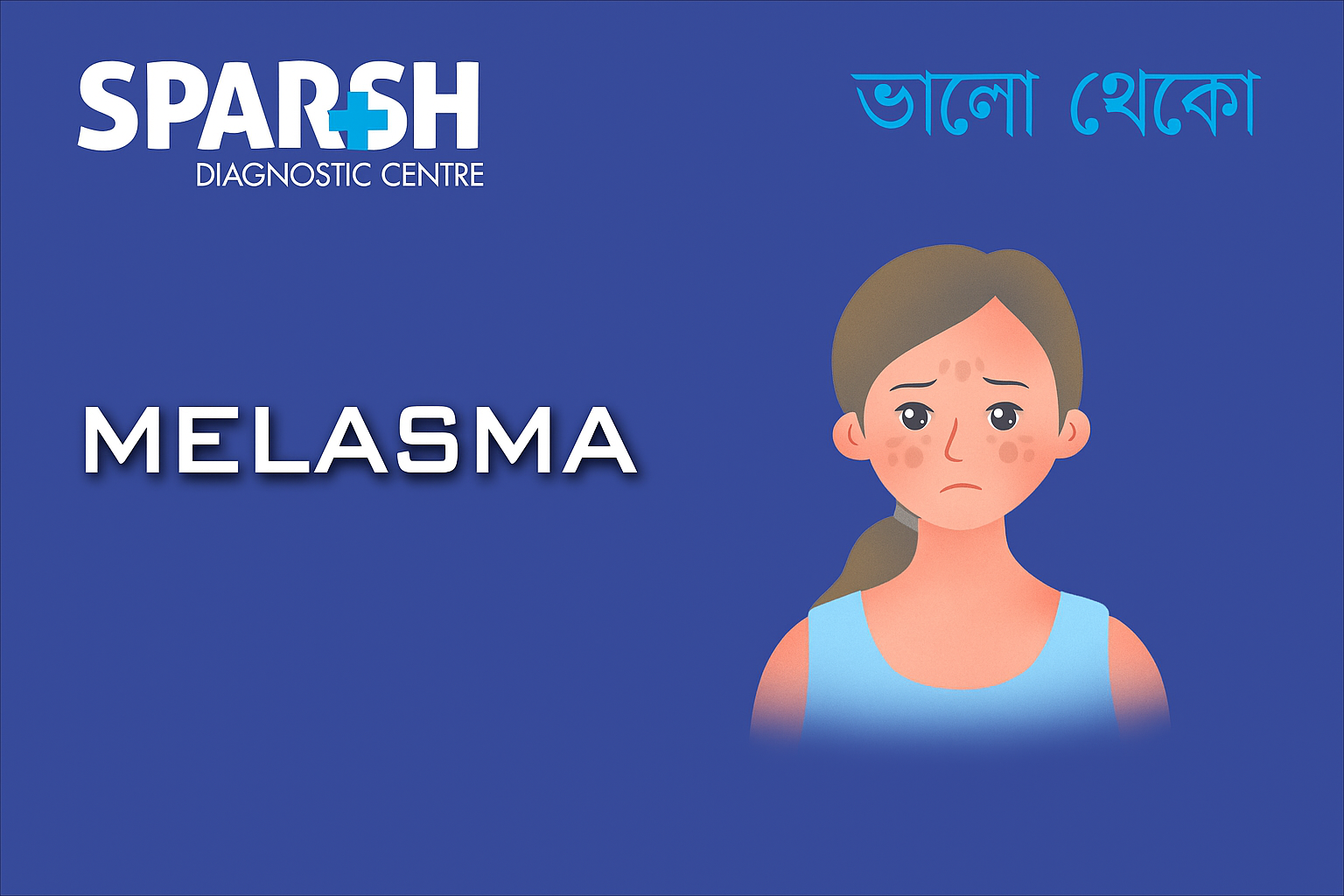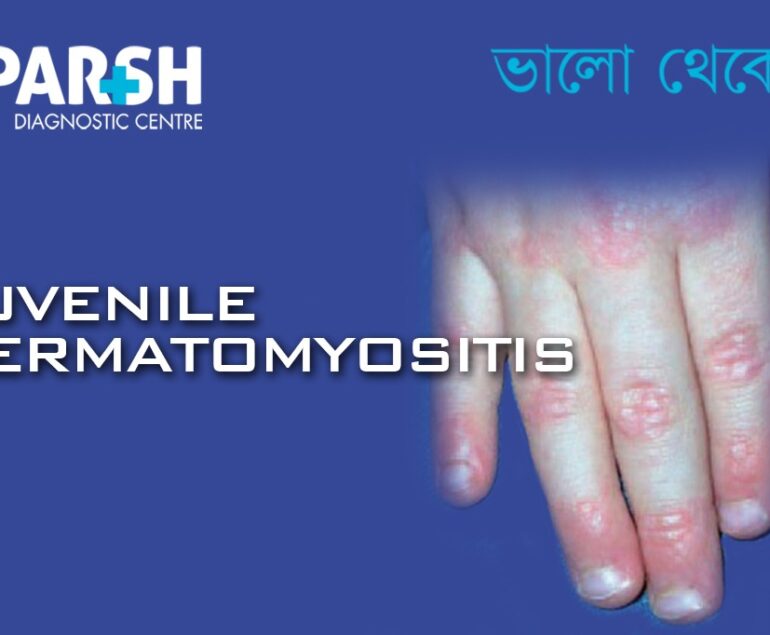Melasma is a common skin condition that causes dark, discolored patches on the skin, primarily affecting the face. It is often referred to as the “mask of pregnancy” because it frequently develops in pregnant women due to hormonal changes. While melasma is harmless and not associated with internal disease, it can be a significant cosmetic concern, affecting self-esteem and confidence.
In this comprehensive guide, we’ll cover everything you need to know about melasma, including its causes, symptoms, risk factors, diagnosis, treatment options, and prevention strategies.
What is Melasma?
Melasma is a hyperpigmentation disorder in which the skin develops brown, gray-brown, or bluish patches. It most commonly appears on areas of the skin that are frequently exposed to the sun, such as the:
Cheeks
Forehead
Nose bridge
Upper lip
Chin
It may also appear on the neck, forearms, and other sun-exposed areas, although this is less common.
Types
Dermatologists often classify melasma into different types based on how deeply the pigment is deposited in the skin:
Epidermal Melasma
Dark brown in color
Clear borders
Easily visible under black light (Wood’s lamp)
Often responds well to treatment
Dermal Melasma
Light brown or bluish-gray patches
Less distinct borders
Less responsive to treatment
Mixed Melasma
Combination of epidermal and dermal pigmentation
The most common type
What causes Melasma?
The exact cause isn’t fully understood, but several factors contribute to its development:
1. Sun Exposure
Ultraviolet (UV) radiation stimulates melanocytes (pigment-producing cells) to produce more melanin. This is the leading trigger for melasma.
2. Hormonal Changes
Common in pregnant women due to increased estrogen and progesterone.
Oral contraceptives and hormone replacement therapy can also trigger melasma.
3. Genetics
If melasma runs in your family, your chances of developing it increase.
4. Skin Type
People with darker skin tones (Fitzpatrick skin types III–V) are more prone to melasma because they naturally have more active melanocytes.
5. Other Triggers
Certain medications (anti-seizure drugs, photosensitizing drugs)
Cosmetics that irritate the skin
Who is at risk of Melasma?
It can affect anyone, but some groups are more likely to develop it:
Women (especially between ages 20–50)
Pregnant women (often called chloasma or “mask of pregnancy”)
People with darker skin tones (Indian, Middle Eastern, Hispanic, and Asian populations)
Those with a family history of melasma
People living in areas with high sun exposure
Symptoms of Melasma
The hallmark symptom is patchy discoloration of the skin.
Flat patches of darker skin
Symmetrical patterns (both sides of the face are affected)
Patches range from light brown to dark brown or bluish-gray
Commonly located on the face, but may also occur on arms and neck
Unlike other skin conditions, melasma does not cause itching, pain, or discomfort—it is purely a cosmetic issue.
How is Melasma diagnosed?
Diagnosis is usually straightforward and based on physical examination by a dermatologist.
Tools used for diagnosis:
Wood’s lamp examination: Helps determine the depth of pigmentation (epidermal, dermal, or mixed).
Skin biopsy: Rarely needed, only to rule out other skin conditions.
Treatment for Melasma
Melasma can be stubborn, and while treatments can reduce pigmentation, complete cure is rare. Management usually requires a combination of approaches.
1. Topical Treatments
Hydroquinone: A skin-lightening agent often used as the first line of treatment.
Tretinoin & Corticosteroids: Often combined with hydroquinone for better results (triple combination therapy).
Azelaic Acid: Reduces pigmentation and is safe for sensitive skin.
Kojic Acid: Naturally derived, helps lighten melasma patches.
Tranexamic Acid: Available in topical or oral forms, reduces melanin production.
2. Chemical Peels
Superficial peels using glycolic acid, salicylic acid, or lactic acid help exfoliate pigmented skin and promote new cell growth.
3. Laser and Light Therapies
Fractional lasers, Q-switched Nd:YAG lasers, and intense pulsed light (IPL) may be used in resistant cases.
Must be used cautiously since they can sometimes worsen pigmentation.
4. Oral Medications
Tranexamic acid (oral form) has shown promising results in stubborn melasma cases.
5. Sun Protection
Broad-spectrum sunscreen (SPF 30 or higher) is the most important part of treatment.
Sunscreens containing zinc oxide or titanium dioxide offer better protection.
Home remedies for Melasma
While medical treatments are more effective, some natural remedies may help lighten pigmentation:
Aloe Vera: Contains aloin, which has skin-lightening properties.
Green Tea Extract: May reduce pigmentation.
Turmeric: Curcumin has anti-inflammatory and antioxidant effects.
Licorice Extract: Inhibits melanin production.
(Always consult a dermatologist before using natural remedies, as some may irritate sensitive skin.)
Can Melasma be prevented?
Prevention plays a key role in managing melasma.
Tips to Reduce Risk:
Apply broad-spectrum sunscreen daily, even indoors.
Wear wide-brimmed hats and protective clothing.
Avoid peak sun hours (10 AM – 4 PM).
Choose skincare products that are non-irritating.
Consult your doctor before starting hormonal treatments.
Living with Melasma
It can be frustrating because it often recurs even after successful treatment. It is not dangerous but can have a psychological impact, affecting self-confidence.
Dermatologists often emphasize ongoing management rather than complete cure. With consistent sun protection and treatment, most patients see noticeable improvement.
Frequently Asked Questions (FAQ) on Melasma
1. Is it permanent?
Not always. Melasma can fade over time, especially with treatment and sun protection, but it may return with sun exposure or hormonal changes.
2. Can it go away on its own?
Yes, in some cases—especially melasma caused by pregnancy or birth control pills—it may gradually fade once hormones stabilize.
3. What is the best treatment for melasma?
There isn’t a single “best” treatment. A combination of topical creams, sun protection, and sometimes chemical peels or laser therapy gives the best results.
4. Does sunscreen really help?
Yes. Sunscreen is the most important step in both preventing and treating melasma. Without proper sun protection, other treatments may fail.
5. Can men get it?
Yes, although melasma is more common in women, men can also develop it, particularly those with high sun exposure.
6. Is it linked to cancer?
No, melasma is a benign condition and not associated with skin cancer or other systemic diseases.
7. Can diet affect it?
While diet alone doesn’t cause melasma, eating antioxidant-rich foods (fruits, vegetables, green tea) may support skin health and reduce oxidative stress.
Melasma is a common yet challenging skin condition that affects millions worldwide. While it is not harmful, its cosmetic impact can be significant. Understanding its causes, risk factors, and treatment options is crucial for effective management.
The key takeaway is that consistent sun protection is the cornerstone of both prevention and treatment. With the right dermatological care, lifestyle changes, and patience, melasma can be managed successfully.
To consult a Dermatologist at Sparsh Diagnostic Centre, call our helpline number 9830117733.
#BhaloTheko
Disclaimer:
No content on this site, regardless of date, should ever be used as a substitute for direct medical advice from your doctor or other qualified clinician.

![]()






[…] like melasma, sunspots, and post-inflammatory hyperpigmentation are worsened by UV exposure. Daily sunscreen can […]
[…] Melasma is a form of hyperpigmentation triggered by hormonal changes, especially during pregnancy or when using birth control pills. […]
[…] including acne scars, sun spots, and melasma, can be stubborn. Rice water helps fade these spots […]
[…] Melasma: Dark patches on the face. […]